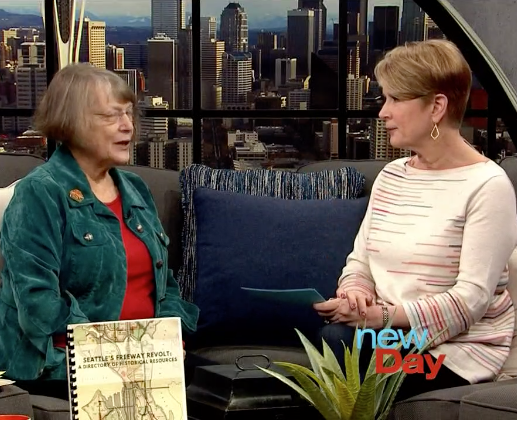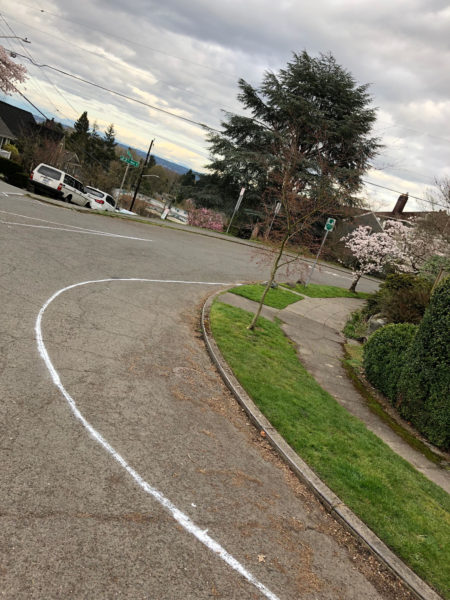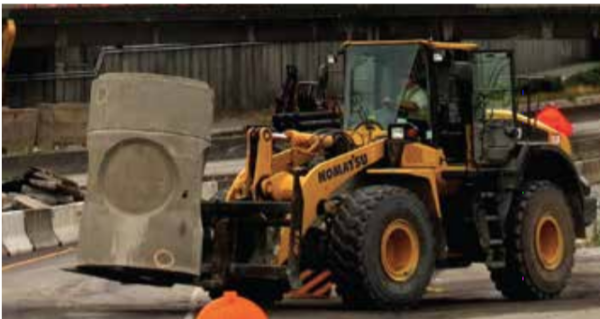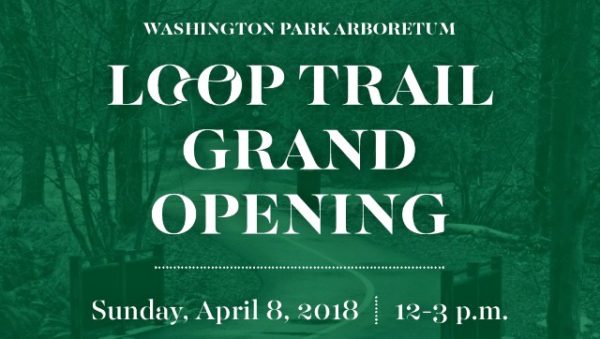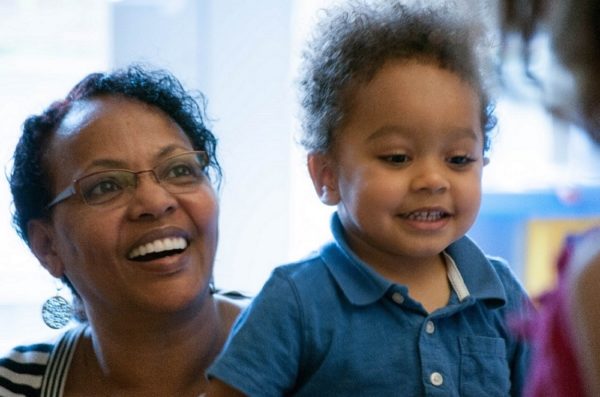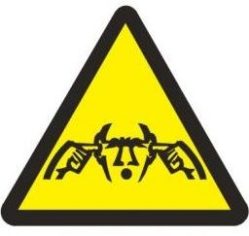Seattle ARCH (Activists Remembered Honored and Celebrated) continues to make great progress in capturing how Montlake citizens and other Seattle residents stopped the construction of the RH Thomson Expressway.
The group recently announced a new resource of information about the freeway revolt. Seattle’s Freeway Revolt: A Directory of Historical Resources, hosted on the Seattle Public Library’s special collections online, provides a wealth of information on the intense, multi-year battle to halt plans for an expansive network of freeways in Seattle. It includes an overview of this multi-faceted movement, along with timelines, bibliographies, graphics and guides for finding relevant information. The project was made possible by a grant from 4Culture/King County Lodging Tax Fund, which funded two research archivists who contributed much of the content.
Until now it’s been nearly impossible to uncover this history, say project organizer (and former Montlake resident) Priscilla Arsove and Anna Rudd, since it resides in records of multiple governing bodies and
agencies, as well as media coverage dating back 50+ years. Priscilla’s father, Newton street resident Maynard Arsove, led the revolt.
A documentary film on the freeway revolt, produced by filmmaker and UW professor Minda Martin, is targeted for release in early summer. In addition to collaborating on the film, Seattle ARCH has worked to preserve a section of the R.H. Thomson “Ramps to Nowhere” as a monument to citizen activists who helped defeat this freeway. In October 2016, the Seattle City Council unanimously approved a resolution, introduced by Councilmember Debora Juarez, to preserve four columns and a crossbeam of the defunct
freeway. The monument is expected to come to fruition when reconstruction of SR 520 is completed in 2028.
In the mean time, enjoy Anna Rudd’s appearance on King5 to talk about the freeway revolt.
